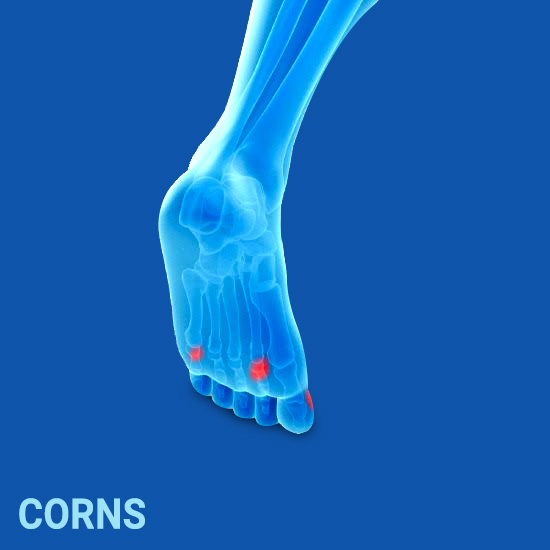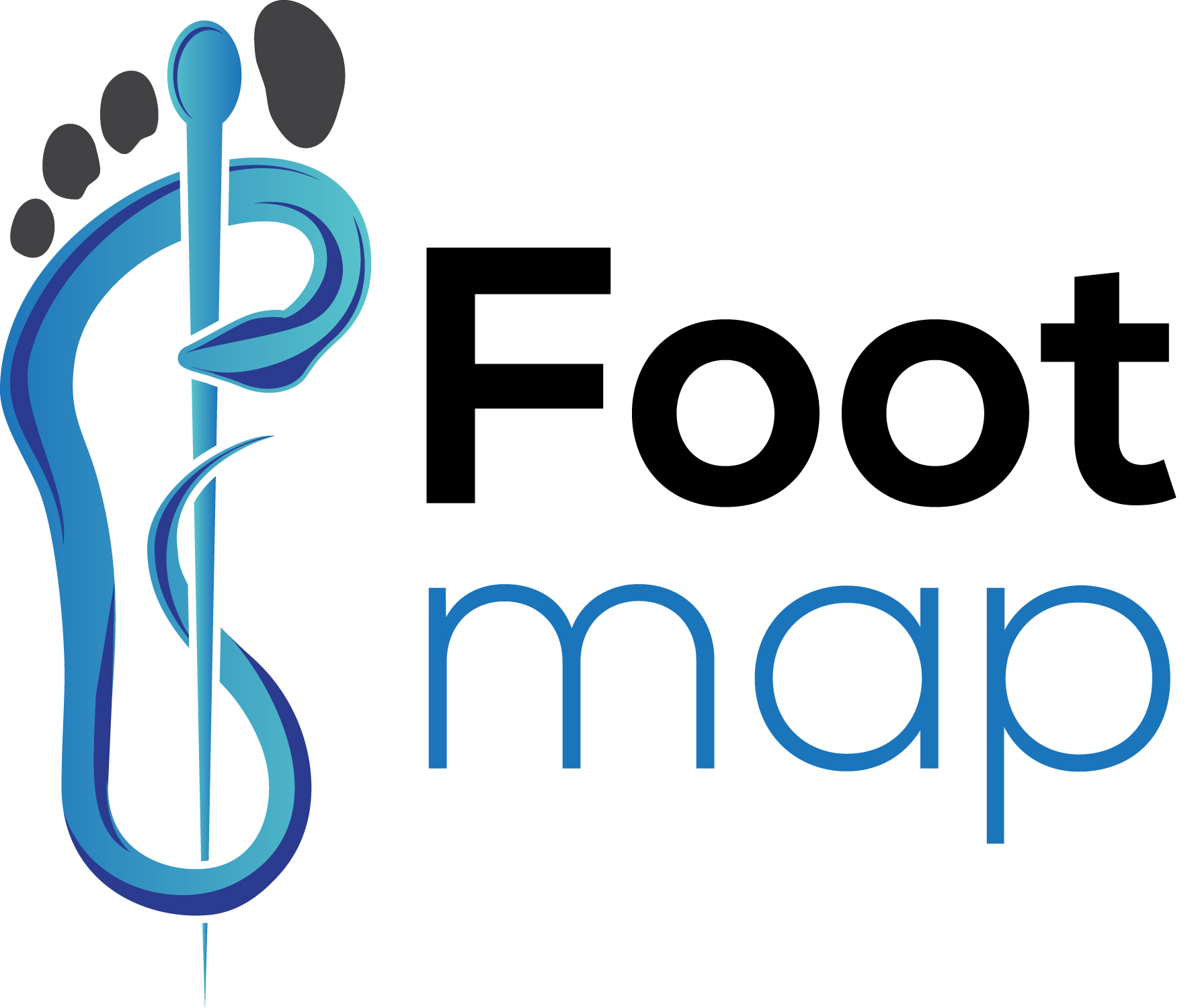Corns
 Foot corns hardened layers of skin that develop when your skin tries to protect itself against friction and pressure. Corns aren’t dangerous, but cause irritation and can be very painful. They affect women more than men.
Foot corns hardened layers of skin that develop when your skin tries to protect itself against friction and pressure. Corns aren’t dangerous, but cause irritation and can be very painful. They affect women more than men.
There are three types of corns
- Soft – whitish or grey, and are rubbery in texture, occur between the toes, in areas of moist and sweaty skin.
- Hard – harder, smaller, and more painful. Corns occur in areas of the firm, hard skin and bony areas of the foot.
- Seed – small and usually found on the bottom of the foot
Corns can form at different places of the foot such as
- below your toenail bed
- between your toes
- on the sides of your feet
- on the bottoms of your feet.
Causes
- friction and pressure from footwear
- Repetitive activities – running, climbing stairs, skiing
- Wearing high heels,narrow or shoesthat are too tight, causing pressure
- socks that do not fit well
- As you age, there is less fatty tissue in the skin
- The skin will thicken to protect itself when you frequently walk barefoot
Symptoms
- A thickened, rough area of skin
- A hardened skin raised bump
- Tenderness or pain under your skin
- Skin that is Flaky, dry or waxy
Diagnosis
The doctor will examine your feet and rule out other causes of thickened skin, such as warts and cysts. Sometimes may ask for an X-ray.
Treatment
Corns are treatable. You can soak your foot in warm water and file away the corn using a pumice stone. Using a moisturiser such as cream with salicylic acid helps in dissolving the keratin protein buildup forming the corn and the surrounding dead skin. But do not use the external or internal medication without consulting doctor, especially people with diabetes, poor circulation, or frail skin. Usedoughnut-shaped adhesive corn pads to protect corns from making contact with your shoe. Avoid repetitive activities that are causing the corn. Wearing proper-fitting shoes and socks with protective pads and insoles will help to relieve pressure from the corn.
When you consult a foot doctor, he will remove some of the hard skin that surrounds the corn to remove the centre. The doctor may prescribe antibiotics if there is infection or risk of infection. If the doctor suspects an underlying bone structure problem, he may recommend X-ray. If there is bone alignment problem doctor may advise surgery, in rare cases.
To sum up
- Trimming away excess skin
- Callus-removing medication
- Shoe inserts
- Surgery
Recovery
The corn may take a few weeks or months to disappear completely. With proper treatment, at-home care Corns treatable.
Prevention
- Lifestyle modifications
- Wear properly fitted shoes and socks with seams that do not rub against skin or cause friction
- A regular check-up with the foot doctor
- Daily usage of a pumice stone or foot file
- If you have sweaty feet clean and dry them regularly and use talcum powder
